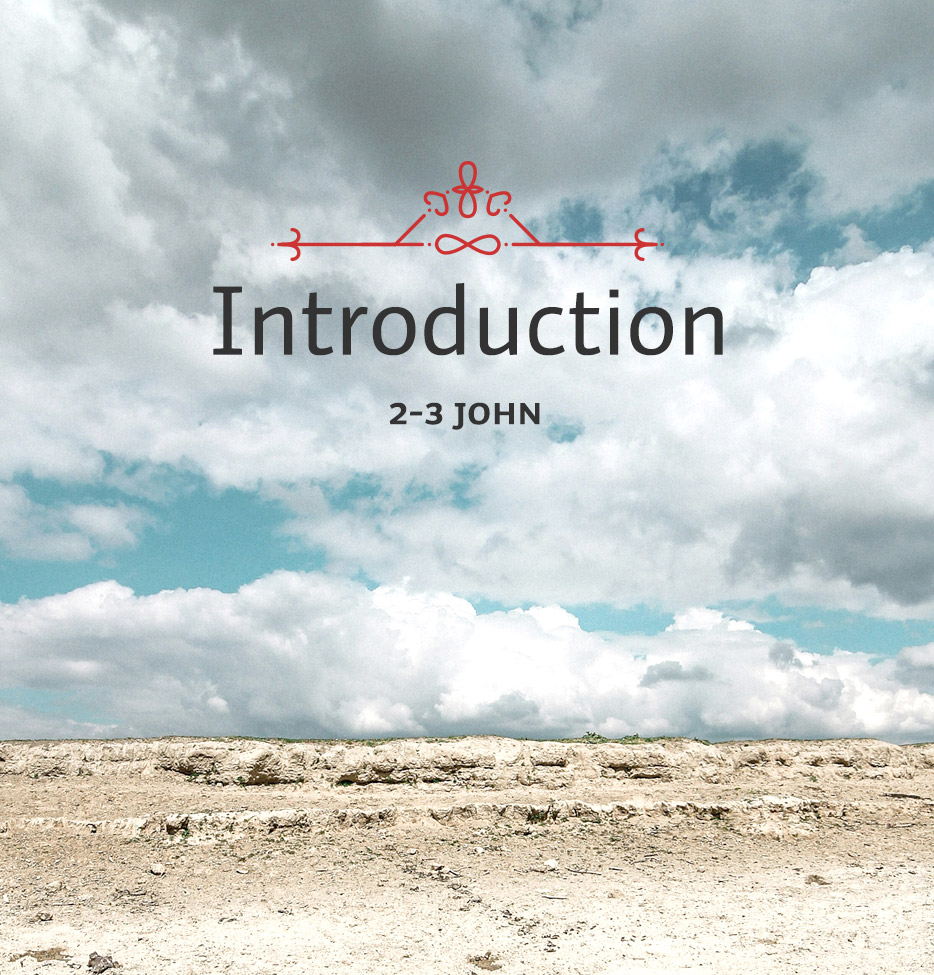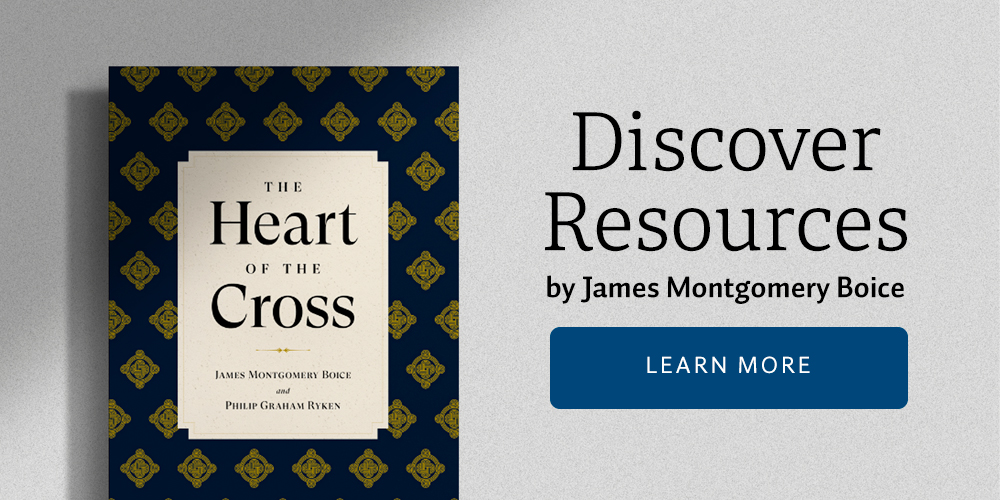One similarity between the two letters is that each begins by the author’s introduction of himself as “the elder.” In the one case he writes, “The elder unto the elect lady and her children, whom I love in the truth” (2 John 1). In the other letter he writes, “The elder unto the well-beloved Gaius, whom I love in the truth” (3 John 1). Traditionally the identification of “the elder” plus the unnamed author of 1 John and of the fourth Gospel has been fixed as John, the son of Zebedee, who became an apostle. The captions of the books themselves indicate this. But from time to time, particularly in recent years, it has become popular for scholars to say that there were two Johns who lived in Asia Minor, the apostle John and John the elder, and that it was John the elder rather than the disciple of Christ who wrote the three letters. Some feel that he is the author of the Gospel also.
There are several points from which this line of thinking originates, but the most important is a brief paragraph from The Expositions of Oracles of the Lord by Papias, a bishop of Hierapolis. His words are quoted by the early church historian Eusebius.
Papias writes thus:
I shall not hesitate also to put down for you along with my interpretations whatsoever things I have at any time learned carefully from the elders and carefully remembered, guaranteeing their truth. For I did not, like the multitude, take pleasure in those that speak much, but in those that teach the truth; not in those that relate strange commandments, but in those that deliver the commandments given by the Lord to faith, and springing from the truth itself. If, then, anyone came, who had been a follower of the elders, I questioned him in regard to the words of the elders—what Andrew or what Peter said, or what was said by Philip, or by Thomas, or by James, or by John, or by Matthew, or by any other of the disciples of the Lord, and what things Aristion and the presbyter John, the disciples of the Lord, say. For I did not think that what was to be gotten from the books would profit me as such as what came from the living and abiding voice.1
In this quotation the twofold repetition of the name John suggests that there may have been two Johns known to Papias. And, in fact, this is the way Eusebius takes it. He writes,
It is worth observing here that the name John is twice enumerated by him. The first one he mentions in connection with Peter and James and Matthew and the rest of the apostles, clearly meaning the evangelist; but the other John he mentioned after an interval, and places him among others outside of the number of the apostles, putting Aristion before him, and he distinctly calls him a presbyter. This shows that the statement of those is true, who say that there were two persons in Asia that bore the same name…2
It can hardly be doubted that Eusebius makes a good case for two Johns on the basis of Papias’ words. But having acknowledged this, it is right to ask whether Eusebius is correct in his interpretation. There are reasons for questioning it.
First, the passage from Papias is at best ambiguous. Indeed, Eusebius himself seems to admit this in general when he later refers to his source as appearing “to have been of very limited understanding, as one can see from his discourses.”3
1Eusebius, The Church History of Eusebius, The Nicene and Post-Nicene Fathers, series two, volume 1, translated with prolegomena and notes by Arthur Cushman McGiffert (Grand Rapids, MI: Eerdmans, 1961), 170-171.
2Ibid., 171.
3Ibid., 172.






